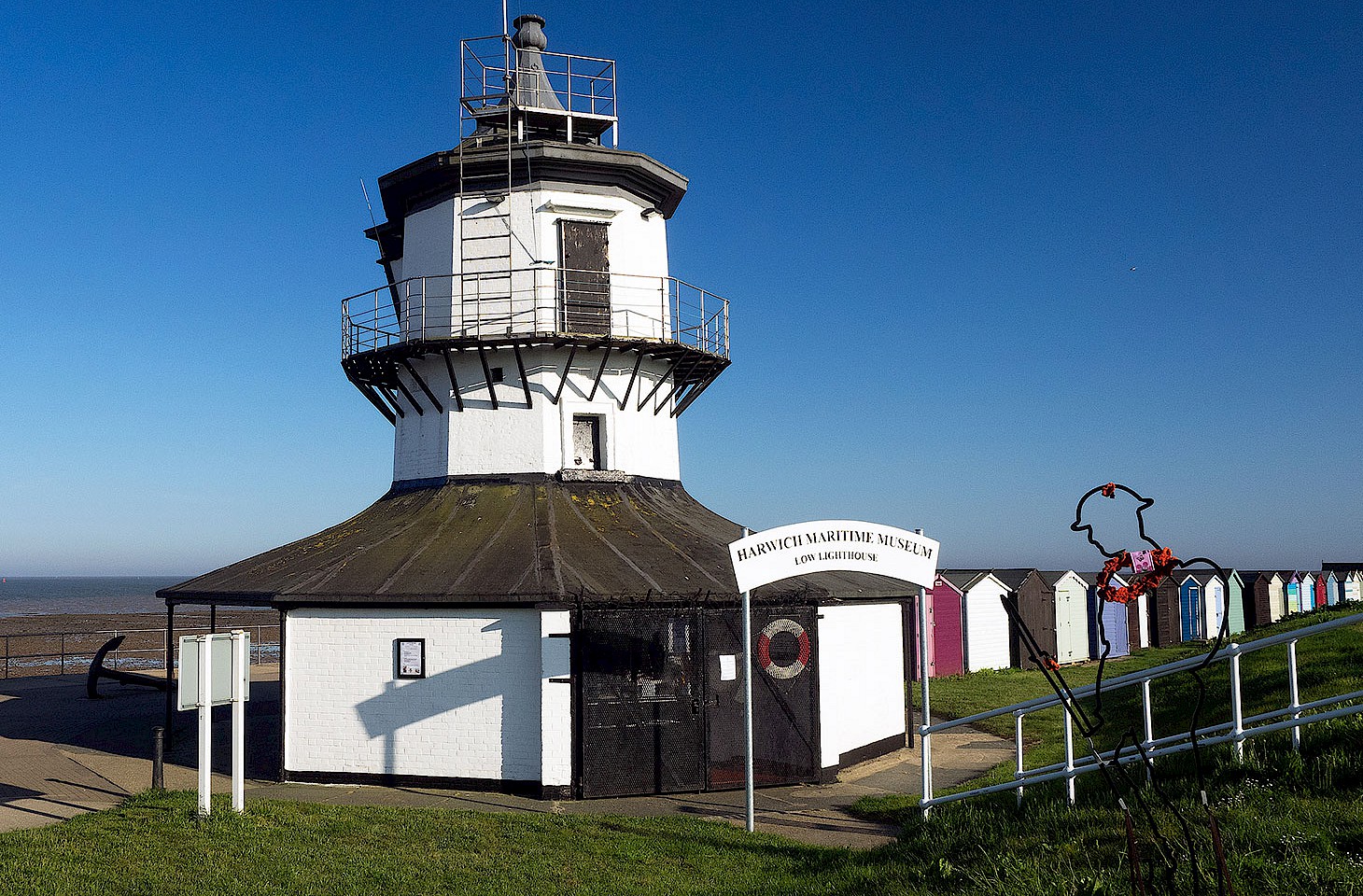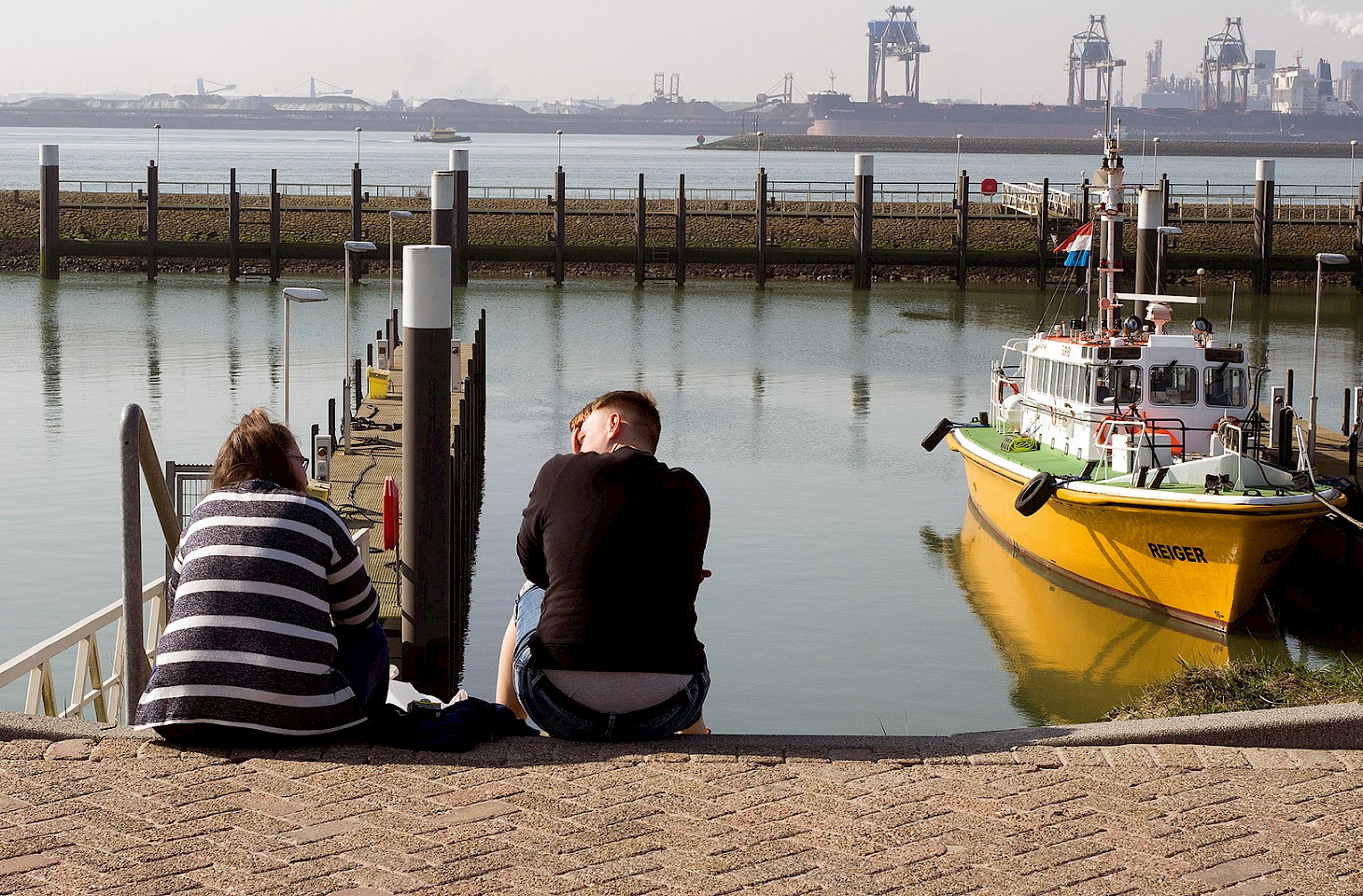Budapest’s status as an early adopter of innovative design and technology is exemplified in the story of the Széchenyi Chain Bridge (see previous article). From the western end of the chain bridge, it is just a three-minute ride on the funicular railway up to the terraces around the Royal Palace in Buda. The railway opened in 1870, making Buda the second place in the world to deploy a funicular railway for regular public transport. The first funicular opened in Lyon in 1862.
Buda’s steep topography acted as a great stimulus to ingenious solutions when it came to public transport.



